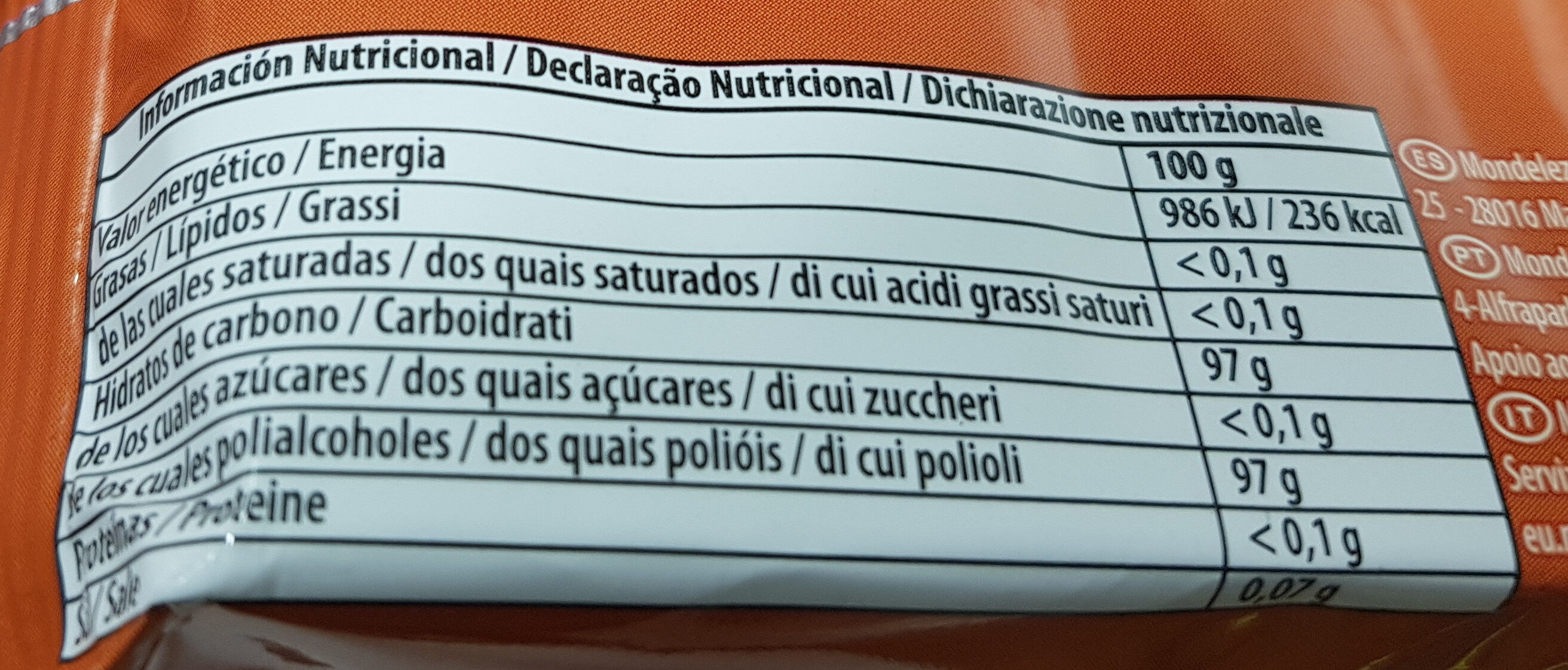Honey & lemon - Halls - 128 g
Aquesta pàgina del producte no està completa. Podeu ajudar a completar-la editant-la i afegint-hi més dades a partir de les fotos ja disponibles, o fent-ne més amb l'aplicació de androide o iPhone / iPad. Gràcies!
×
Codi de barres: 7622210698001 (EAN / EAN-13)
Quantitat: 128 g
Marques: Halls
Categories: Snacks, Aperitius dolços, Llaminadures, en:Caramels
Etiquetes, certificacions, premis: Conté una font de fenilalanina
Països on es va vendre: Espanya
Matching with your preferences
Entorn
Empaquetament
Transport
Report a problem
Fonts de dades
Producte afegit per alexrios
Última modificació de la pàgina del producte per inf.
La pàgina del producte, també editada per musarana, openfoodfacts-contributors, thaialagata.
Si les dades són incorrectes o incompletes, pot completar o corregir editant aquesta pàgina.









